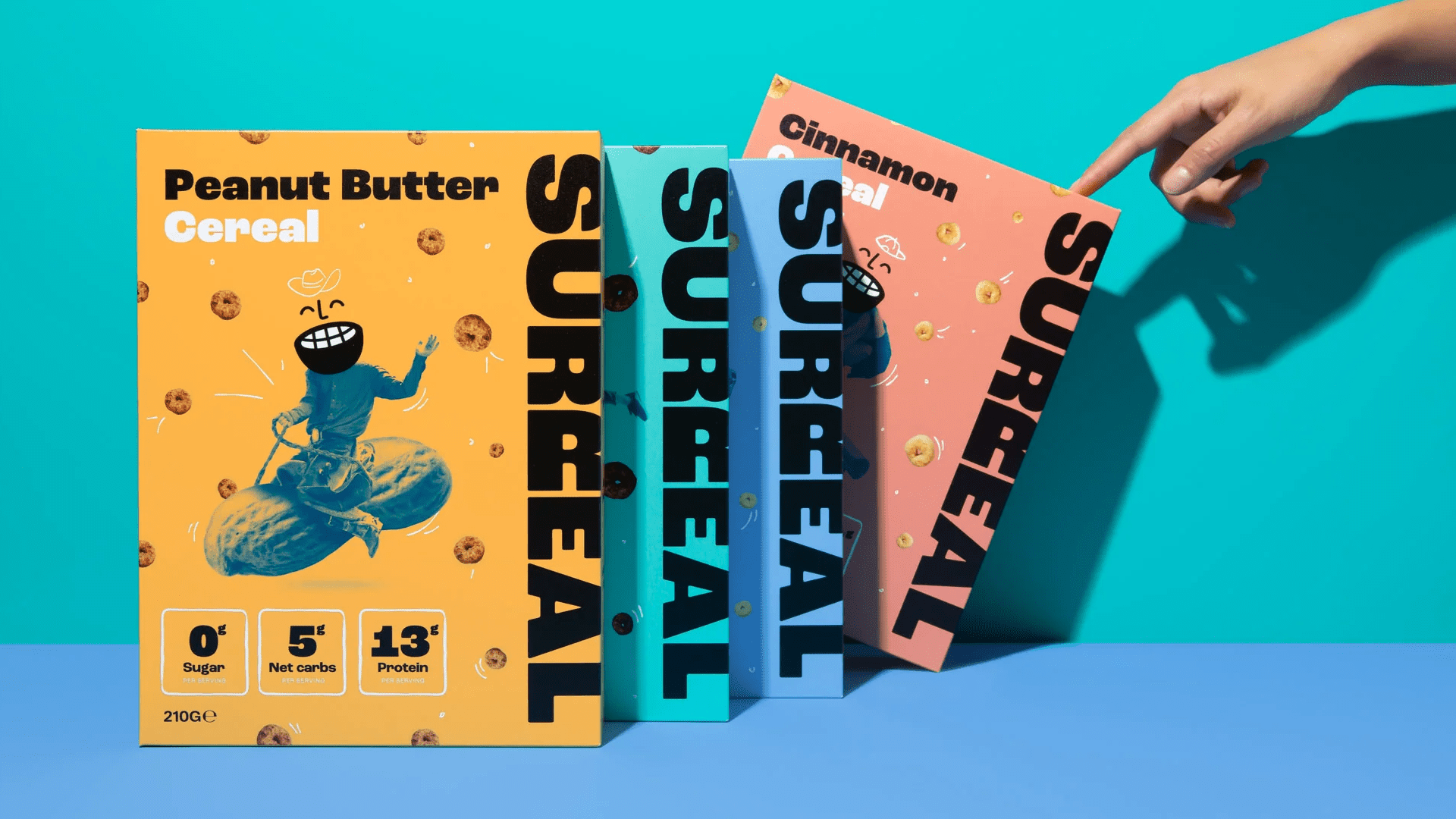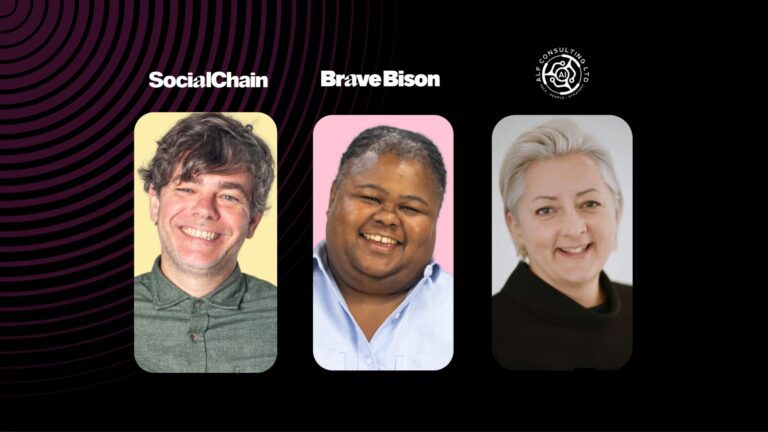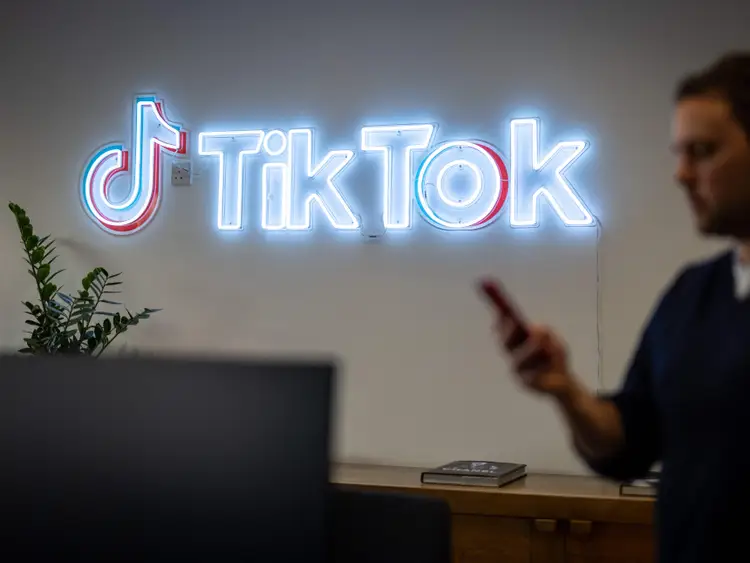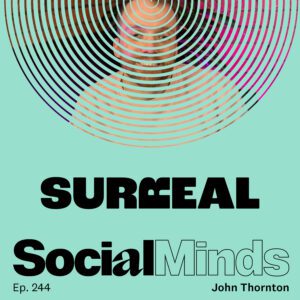Surreal on perfecting product content, risk and that viral celebrity ad campaign
Despite launching in 2021, fresh-out-the-box cereal brand Surreal has quickly built a reputation as one of the most unserious brands on social. Most of that is down to its viral stunts, like the audacious ‘celebrity endorsement’ campaign that you probably recognise from a top 10 best marketing campaign LinkedIn roundup.
But though its senior creative John Thornton argues brands tend to overanalyse these days, Surreal is now doubling down on its strategy: to nail its product content. And it seems to be working.
On the latest episode of the SocialMinds podcast, we caught up with John to find out why.
The art of caring
Most brands’ social strategy revolves around blending product-focused content with a sprinkle of reactive light entertainment. The ratios might differ, but the reasoning is the same: come for the memes, (hopefully) stay for the products. But John says this balancing act is a little old hat.
Instead, Surreal is focused on creating clever, creative product-focused content that actually engages people, instead of trying to be behind the next great reactive. A feed full of memes is forgettable, but a good product ad can last forever.
So how is it all done? “The formula for a share-worthy product post is basically a creative idea plus something attention-grabbing. If you use a mechanism that gets attention, you can slot the product stuff in at the end,” says John. ‘Attention-grabbing’ is as much visual as it is contextual; think all caps headers, striking colours and bold fonts to catch the eye.
Surreal has perfected the art of making people care about its products – something John says people don’t do by default – but in a way that’s so subtle, it might be subconscious. Instead of shouting about the Choc Hazelnut flavour being back in stock, it’s merely one slide in a carousel about how admin’s flogging what was the last box on eBay. Its silliness makes the post’s key message memorable.
“My strategy is to do something weird and cereal related, weird and company related, cereal and company related, or ideally all three.”
And another thing: note that “message” is singular, not plural. “Our cereal has two main selling points: zero sugar and high protein. I normally talk about one of those things at any one time.” For brands, the takeaway is clear: make one key point and stick with it. And if that worries you, take John’s sage advice: “Brands post on their social channels almost every day. That’s plenty of time to talk about another message.”
Generation imperfection
The self-awareness that’s so intrinsic to Surreal’s brand personality – and the admiration the brand’s garnered from customers and marketing peers – reflects a generational shift in what Gen Z consumers now expect from brands. A decade or so ago, brands were marketing to the Instagram generation. Take cosmetics retailer Glossier. With renowned origins rooted in founder Emily Weiss’s Into the Gloss beauty blog, the brand’s curated, polished approach to branding and merchandising and millennial pink aesthetic means it’s earned cult status among millennial women everywhere.
But marketers are cottoning on that these tactics won’t work on savvy young shoppers favouring candour over perfection. Compare Glossier to BYOMA, a skincare brand marketed to teen girls known for its brightly coloured products, viral TikTok reviews, and peppy brand persona. BYOMA’s “no hidden surprises” slogan reflects transparency about their products’ ingredients and purpose, giving the brand a no-bullshit air that’s echoed in Surreal’s straight-talking tone of voice.
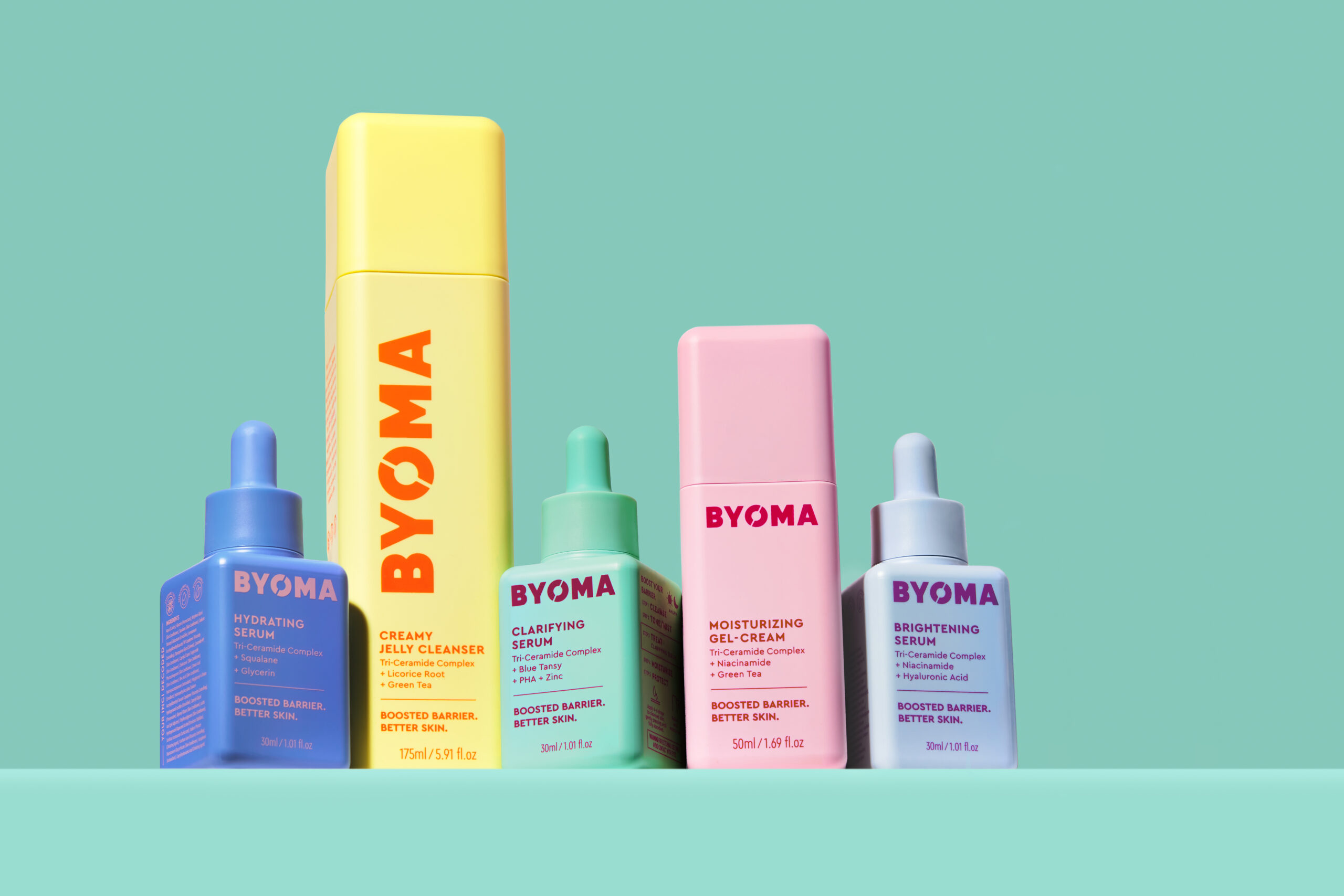
Brands like BYOMA and Surreal understand that not every product needs a heartfelt story. And not every brand needs to be perfect. Instead, Gen Z shoppers value brands that simply illustrate how their product solves a problem they have. Cereal won’t change the world. And Surreal is just fine with that.
Risky businesses
When it comes to risk, John’s up there with the greats – Ryanair, Wendy’s – for using social as a space to push the envelope. Last year’s ‘celebrity endorsement’ OOH ad campaign, in which Surreal promoted good reviews from ordinary people with the same names as public figures, blew up on social, with hundreds of thousands of views and ample publicity.
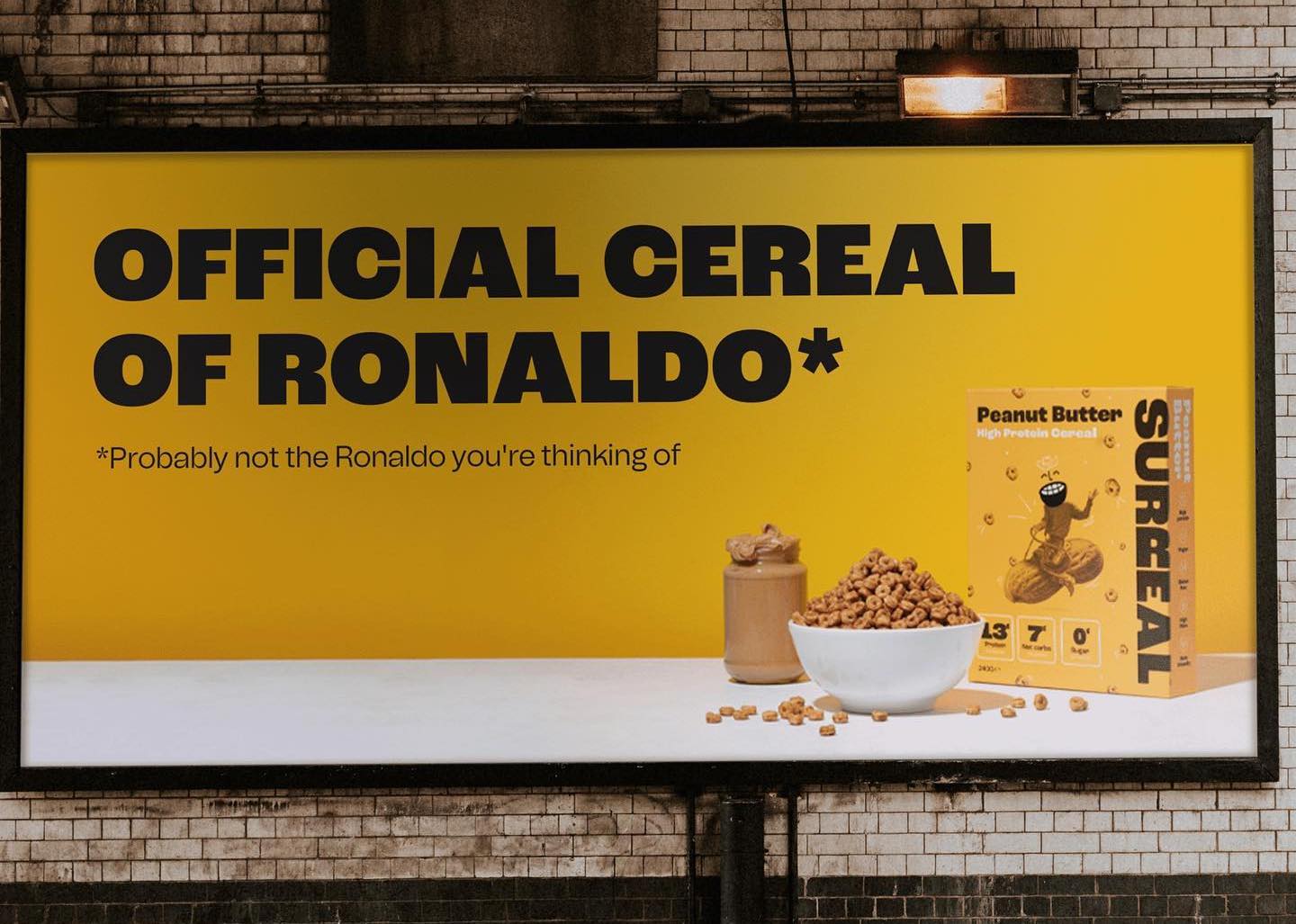
Despite that campaign being deemed, in fact, too dicey by their legal team, John says there’s a gap between what’s perceived of as risky and what’s actually risky for brands. And guess what? The second camp is smaller than you think.
So if you really want to cause a stir, play in the ‘perceived risk’ playground. Just lay some ground rules first, like subjects that are absolute no-gos. Although John admits Surreal has a pretty liberal approach to topics it can and can’t broach, there are a couple of exceptions: politics, and of course anything that’s seriously offensive or harmful.
“There’s what people think is risky for a brand to do and there’s what’s actually risky for a brand to do, and there’s a grey area in between, which is fine for brands to mess around in.”
If you land in a bit of hot water, remember two things. One: the outcry is most likely a case of ‘soft outrage’. This is a term John uses to describe feigned anger on social that doesn’t equate to genuine annoyance.
And two: a little perspective never goes amiss. In the words of our associate creator director Jake: “It’s not that deep. We go again tomorrow.”
Surreal’s tips to make your product posts pop:
- Don’t overlook international audiences. A campaign with global appeal is more likely to go viral.
- Remember: a feed full of memes is forgettable, but a good product ad can last forever.
- John’s advice for marketing boring products? Self-deprecating humour. If you put the effort in, it’ll do better than you expect.
- Freeing yourself from the idea that your brand TOV should always be positive will make for a more complex, human brand persona.
- If you’re unsure about posting something risky, use John’s test: is what you’re saying or doing news headline-worthy? Will people care, or is it soft outrage?

